“Eating Down the Fridge” has a literary ring to it, kind of like that old kids book Sing Down the Moon . More importantly, it’s the name of a challenge issued by The Washington Post‘s Kim O’Donnel.
. More importantly, it’s the name of a challenge issued by The Washington Post‘s Kim O’Donnel.
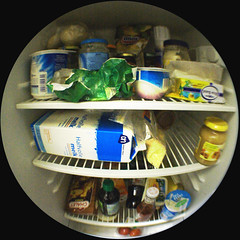 The deal: don’t buy groceries for a week, instead living off what you have in the house.
The deal: don’t buy groceries for a week, instead living off what you have in the house.
From where I blog, this seems like a neat method for avoiding waste-in-the-waiting in our fridge, freezer and cupboards. This endeavor began on Sunday, so it’s not too late to follow along or even participate. Many folks are trading (excellent) tips and swapping stories on O’Donnel’s A Mighty Appetite blog.
She got the idea from eGullet founder Steven Shaw (aka the Fat Guy), who described the endeavor in that site’s Klatsch forum. Shaw, author of the essential Asian Dining Rules , realized that he had slowly stockpiled food, but to what end? He decided to trim his mountain of stored food, creating a nice $100 personal stimulus package in the process.
, realized that he had slowly stockpiled food, but to what end? He decided to trim his mountain of stored food, creating a nice $100 personal stimulus package in the process.
Eating Down the Fridge sounds like something we should all try at least once a year. I’ll be giving it a shot, an effort made all the easier by the stream of post-baby food donations that are still trickling in (thanks!). But I’ll involve my cupboard castaways, too.
Here are the few ground rules for the challenge, as set out by Shaw:
1 – No stockpiling. We are announcing this today because we want to get some participation and more people read the forums on weekdays. But that doesn’t mean you should go out tomorrow and buy double groceries. Please, go about your normal routine but skip your shopping day.
2 – No endangering your children. If you decide to participate in our experiment but you run out of milk for your child, please just go out and buy milk. Don’t worry about it. Nobody is going to hold it against you.
3 – No making yourself miserable. If you really need some more lettuce (or a lemon for your Sidecar) in order to make it through the week without going insane, go ahead and get provisions on an as-needed basis. We’re not trying to be totally doctrinaire about this. It’s supposed to be fun and save us all a little money at a time when we can use it. And it’s supposed to prove a point, not cause chaos, despair and profound awkwardness.
4 – If you decide to participate in this experiment, you’re making a commitment to chronicle a week’s worth of meals starting on whatever day you normally shop. If you decide not to participate directly, please limit your involvement to cooking and menu suggestions and otherwise constructive commentary. This isn’t the place to extol the virtues of shopping every day, buying only the freshest ingredients and letting seasonality and local availability guide your consumption.
5 – Have fun, and keep everyone posted on your progress!
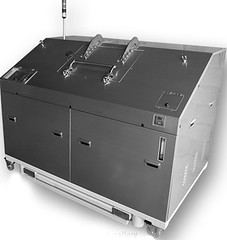 microorganisms (yeasts) break everything down and 24 hours later the liquid byproduct is sent down the drain (to your local water treatment facility).
microorganisms (yeasts) break everything down and 24 hours later the liquid byproduct is sent down the drain (to your local water treatment facility).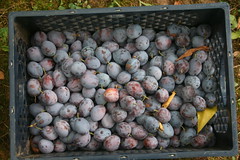 world, after all).
world, after all). The deal: don’t buy groceries for a week, instead living off what you have in the house.
The deal: don’t buy groceries for a week, instead living off what you have in the house.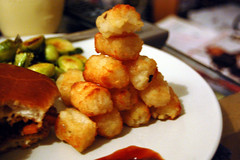 In
In 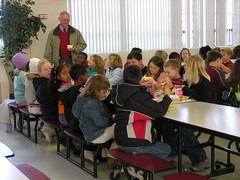
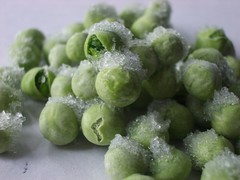 Presumably you waste fewer vegetables because you only use what you need while leaving the rest frozen. And because it’s much less perishable.
Presumably you waste fewer vegetables because you only use what you need while leaving the rest frozen. And because it’s much less perishable.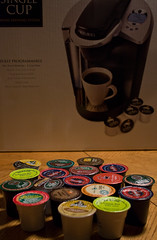
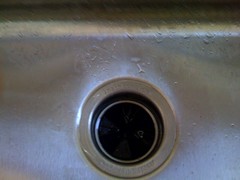 — —
— —